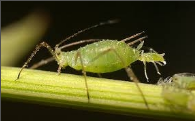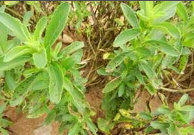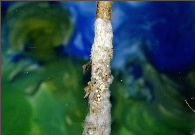General Information
Stevia is also known as ‘honey plant’ because it is sweeter in taste. It is a natural sweetener which is given mainly to diabetic patient to balance insulin in their body. Its leaves are used for preparing various drugs. Drugs prepared from Stevia are used for treatment of diabetes, reduces tooth cavity, tonics, reduces calories from food etc. It is a perennial herb with average height of 60-70cm. Leaves are oppositely arranged and are green in color and flowers are small and white in color.
It is available in three form i.e. Fresh leaves, dried leaves, stevia extract and liquid concentration. Liquid concentration is black syrup and used in flavouring of various dishes.
Punjab, Chhattisgarh, Karnataka, Maharashtra, Madhya Pradesh and Andhra Pradesh are major Stevia growing states in India.















